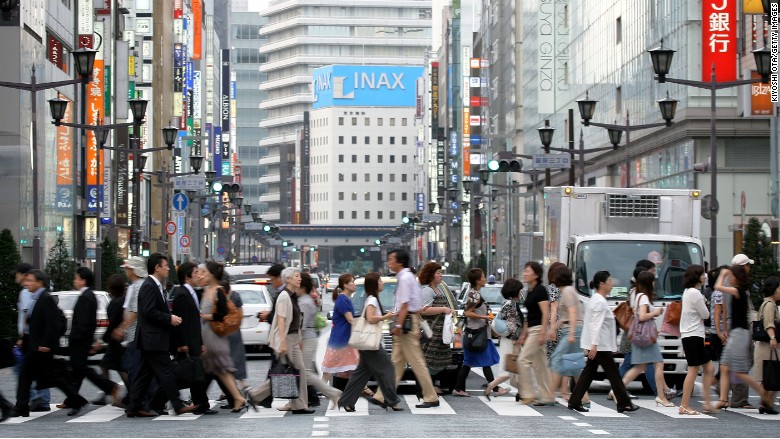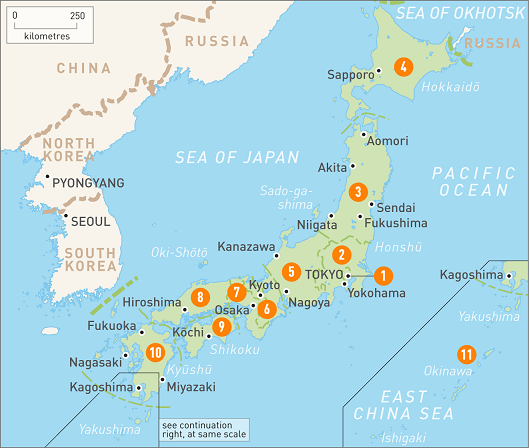Japan’s labor woes
November 27, 2017 | Expert Insights

As Japan battles with its the worst labor shortage in over 40 years, companies have continued struggling looking for workers to meet production deadlines. According to reports, organizations have begun offering attractive permanent contracts to lure talent.
Background
Japan is the third largest economy in the world by nominal GDP after America and China. It has the fourth largest purchasing power parity. It is also considered the world’s second largest developed economy. After the devastation of the World War II, it achieved steady and significant growth in the second half of the 20th century. Much of its expansion was due to its highly successful automotive and consumer electronic industries.
In 2017, it was revealed that Japan has blown past industry and market expectations with its growth. According to the official numbers, its GDP expanded at an annualized rate of 4% in the April-to-June period. Industry had forecast a rise of just 2.5%.
This is the sixth straight quarter of growth for the country. The robust growth in the economy has been attributed to a rise in exports especially smart phones. The economy has also been boosted due to the investments made to the Tokyo 2020 Olympics.
As of 2010, the labor force in Japan was numbered at 65.9 million. At the time, it was roughly 59.6% of the population of everyone 15 years of age and older. There was 5.1% rate of unemployment in the region with 3.34 million of the labor force without employment. The structure of Japan’s labor market is affected by: 1) shrinking population, 2) replacement of postwar baby boom generation, 3) increasing numbers of women in the labor force, and 4) workers' rising education level.

Analysis
As Japan battles with its the worst labor shortage in over 40 years, companies have continued struggling looking for workers to meet production deadlines. According to reports, organizations have begun offering attractive permanent contracts to lure talent.
In May 2017, the ratio of open jobs to applicants in Japan hit a 43-year high. In 2017, the unemployment rate rose 0.3 percentage points month on month, from 2.8 per cent to 3.1 per cent. The rise reflected an increase of 220,000 in the measured size of the labor force combined with a 30,000 fall in employment.
“Delays to construction projects are becoming chronic,” said Motohiro Nagashima, president of Toli Corporation, one of Japan’s biggest makers of floor coverings. When announcing first-half results, the company posted a decline in sales by 1%. Nagashima noted that this was because of shortages of construction workers that resulted in delaying office and commercial projects in the Tokyo area.
Other companies have also expressed difficultly in filling positions for their vacancies. Oriental Land, which operates Tokyo Disneyland and Disney Sea, earlier this year stated that it couldn’t find enough people to staff its many rides and restaurants. “Hiring is going to get harder and harder,” said Akinobu Yokota, a company executive.
In Tokyo, there are twice as many job vacancies as applicants. Japan’s population of 127 million is forecast to shrink by about one-third in the next five decades. The proportion of over-64-year-olds — currently about a quarter — is expected to reach 38 percent in that time frame.
Assessment
Our assessment is that Japan’s ageing population is directly connected to its shrinking labor force. After decades of improved life expectancy and falling birth rates, there is now a serious crisis of its shrinking population. The government has tried to address this problem by introducing incentives through policies aimed at boosting fertility and support for working mothers. However, experts have forecast that the country’s population is set to plummet from 127 million to 88 million by 2065. It is likely that companies will look to automation to address their employment woes.








Comments